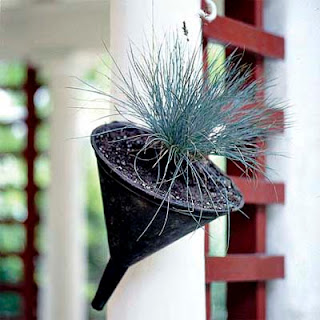(NAPSI)—Birds and butterflies add color and excitement to a garden that can’t be found from any other source. And their contributions are much more than aesthetic: Birds help control insects and slugs; while butterflies are important pollinators. Almost anywhere a plant grows will get an occasional visit from these attractive and beneficial creatures. Making your yard a welcoming oasis for them can be as simple as choosing the right plants.
Inviting Butterflies
Butterflies and hummingbirds feed primarily on nectar, a sugary liquid produced inside flowers. Certain plants are exceptional sources of nectar, such as the aptly named butterfly bush (Buddleia), which is a favorite of hummingbirds as well.
Though these shrubs have long been popular, newly introduced varieties offer major improvements. For example, a Miss Molly butterfly bush has intense dark magenta flowers on a compact 4˜−5’ (1.2−1.5m) plant. If space is an issue, you may care to try the Lo and Behold series of butterfly bushes. These shrubs pack all the flower power and attractive silver foliage of their larger kin but in a neat, compact package: Blue Chip is just 24−30” (60−72cm) tall.
White butterfly bushes, such as Ice Chip, make an excellent choice for busy people who can only enjoy their gardens at night. The light-colored flowers appear to shine in the dark and at just 18−24” (45−60 cm) tall, it can be planted in a large pot or as an edging around a deck or patio.
Attracting Songbirds
Numerous species of much-loved songbirds, such as cardinals, cedar waxwings and bluebirds, rely on berries for food. Fortunately, several easy-to-grow landscape plants provide fruit for the birds and beauty for the gardener.
Winterberry holly, a native shrub, is an especially nice choice. Unlike other hollies, it loses its leaves in autumn, making the berry-laden stems extra showy. Some varieties are especially fruitful, such as Berry Heavy, while others are selected for exceptionally bright color, such as Berry Nice. Birds prefer the fruit of winterberry holly when it’s ripe and soft; consequently, the ornamental display remains until mid-winter.
Birds, Butterflies
and Lady Bugs
Certain plants are veritable bird- and butterfly-attracting powerhouses, providing both nectar-rich flowers and edible berries. Black Lace elderberry, for example, blooms in early summer with large clusters of pink flowers favored by a host of beneficial insects including lacewings and ladybugs. Once they have pollinated the plant, the resulting fruit is relished by a number of bird species; human garden visitors are equally fond of this shrub with its lacy dark purple leaves and attractive habit. It adapts readily to growing in a container, making it especially suitable for nature lovers with limited space.
Viburnum is another excellent option that provides nectar and fruit. There are many varieties available, but for maximum wildlife benefit, select one that bears abundant crops of fruit, such as the Blue Muffin with its dark blue berries, or Cardinal Candy with clusters of shiny red berries.
Shrubs provide excellent habitat for birds, as their much-branched interiors make lots of perches for building a nest and their foliage ensures good coverage to hide from predators. However, to keep the welcome mat out year-round, it is important to include some evergreen plants in every garden.
Varieties such as Soft Serve false cypress add graceful structure and rich color while providing a safe resting spot for feathered visitors, a service they’re sure to appreciate between the meals you’ve thoughtfully laid out for them.






















